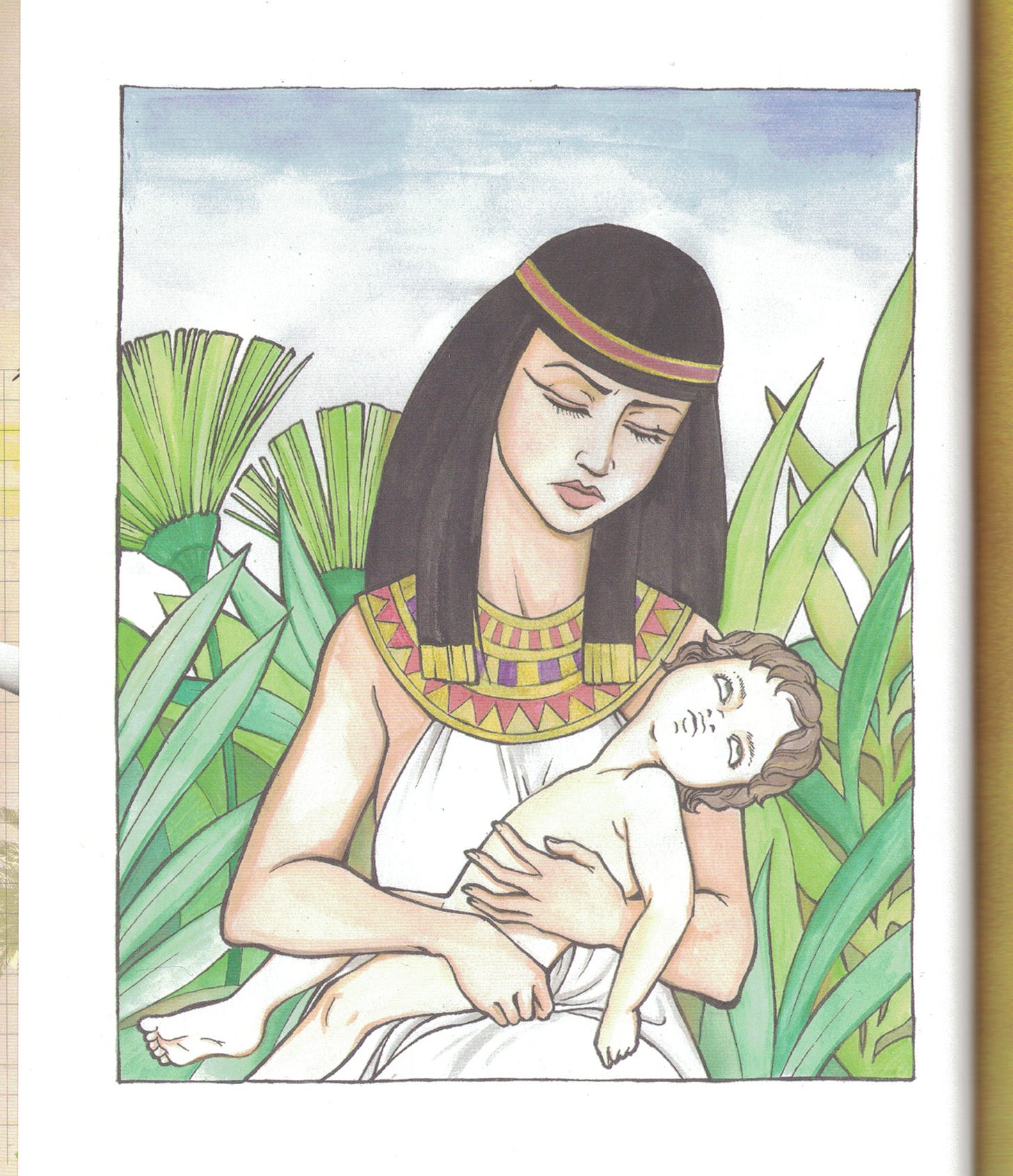Read the haggadah that you don't like
Disagreement in Jewish thought is only easy when we're powerless.
This year Jewish Voice for Peace put out a new haggadah. I’ve seen a lot of hatred directly towards it, some of it just generalized hatred of JVP and some specific to the haggadah.
I won't be using JVP’s haggadah to guide my seder, but I’m going to read it and think about it, and I want to ask the people delegitimizing it to consider three things:
The people who made it are Jewish (check their bios if you don’t believe me).
Jewish disputes are only cozy and safe when we’re powerless. When we do have power there is always friction. The Talmud tells us that the schools and Hillel and Shammai were frequently at odds with one another, and that Shammai’s followers may have murdered Hillel’s followers to secure a vote in a scene very reminiscent of January 6. This isn’t to condone those actions—the Talmud certainly doesn’t—but it gives you a sense that the disputes between these schools carried real hurt and anger. And we nonetheless laud them as paradigms of good disagreement!
The instincts that pushed people to make this haggadah are the very same that pushed Jews to make the kibbutz haggadot I enthused about yesterday.
Let me expand on this last point. Jewish creativity is essential for our future, and it can’t happen unless people take risks. The seder is itself one such risk: the possibility of constructing a Passover ceremony in the absence of a Temple is bold and powerful, and it paid off. We want people to take those risks. If we don't we end up with a religion that has lost touch with reality.
The most powerful and riskiest image I have ever seen in a haggadah is this depiction of an Egyptian woman holding her dead firstborn after the final plague.
This image—printed in an Israeli haggadah in 2013 and consciously modeled on Michelangelo's Pietà—picks up on rabbinic stories about the fact that the Exodus was incredibly violent and left a lot of innocent dead. It could easily fit in the JVP haggadah; in fact it doesn't look that different from this year's World Press Photo award, which you can look up if you have the stomach for it. Nobody complained when this image was published in a haggadah. I am glad that it is part of the canon.
We can disagree about which haggadot are worth our time. A couple of years ago I pointed out that the right-wing Prager Haggadah was being given bad reviews from people who thought it was printed backwards, which says a lot about the audience. You could certainly claim that this means the Prager Haggadah is for Christians and is therefore a bad or illegitimate project, but I wouldn’t go there. Our overall thrust must be to continue trying new things, to continue pushing forward. Ritual spaces, which we carefully cordon off from reality, are precisely the venues in which we should try to scare ourselves, to reach a little beyond what we think is possible. If you’re going to hear out a difficult perspective once this year, let it be at the seder.



So then should there ever be limits?? At what point do we call it Kfirah?
There is nothing in this "hagadah" worth considering. And while the authors might be Jewish, there is no question that they are mumars and probably rodfim as well. To compare this Hagadah to the Asufa Hagdah is an insult to those Israeli artists who work every year on the Asufa Hagadah.